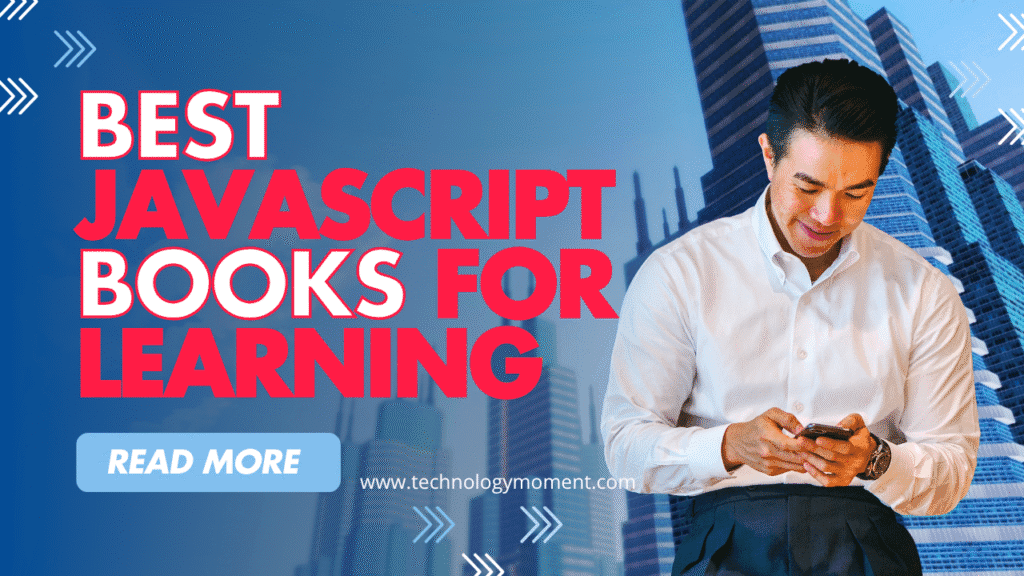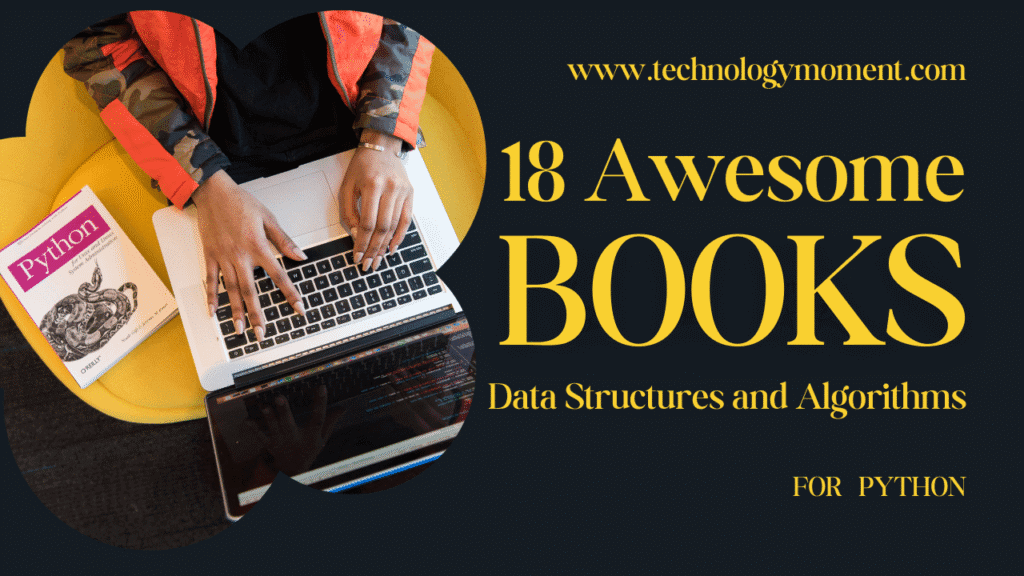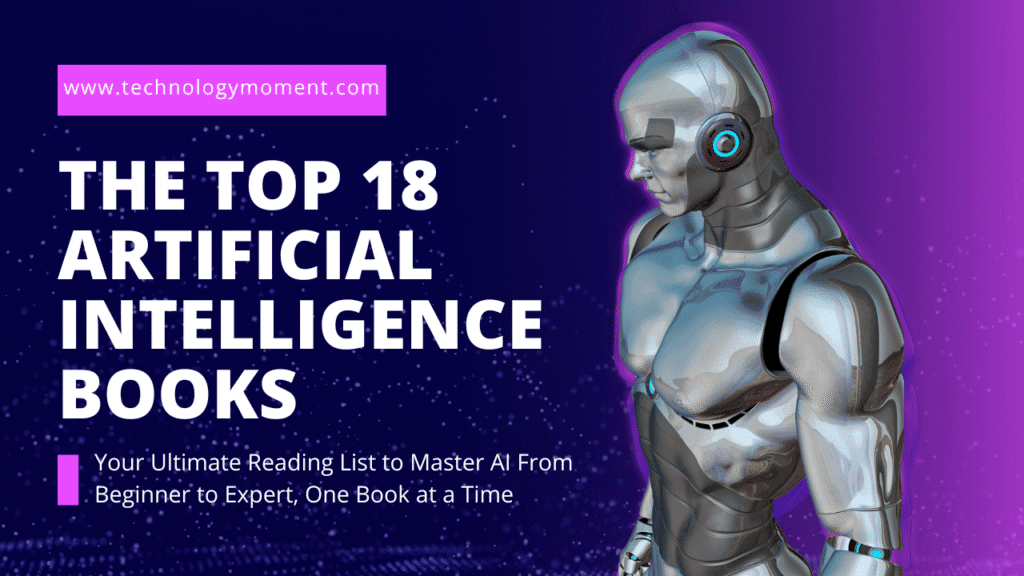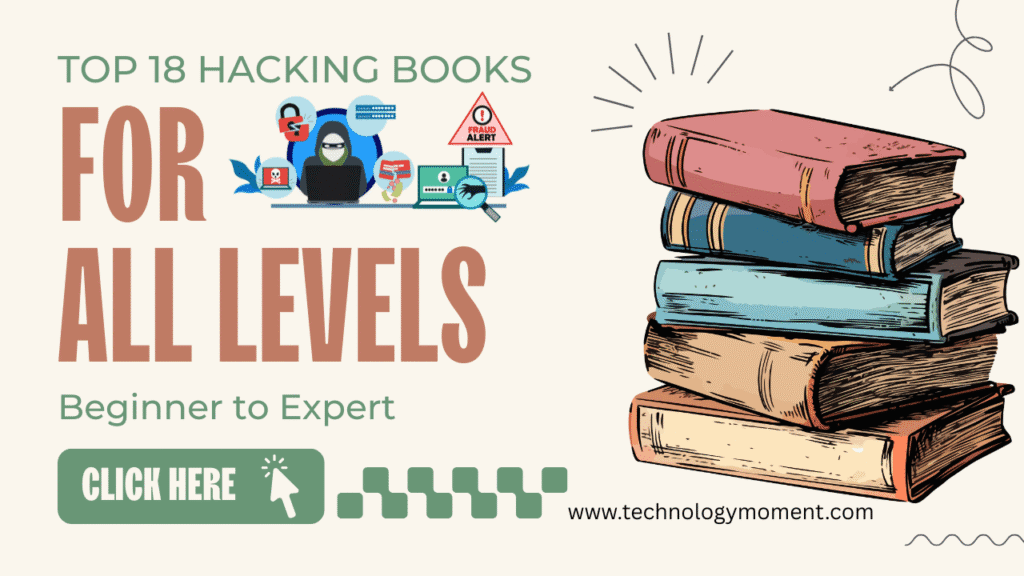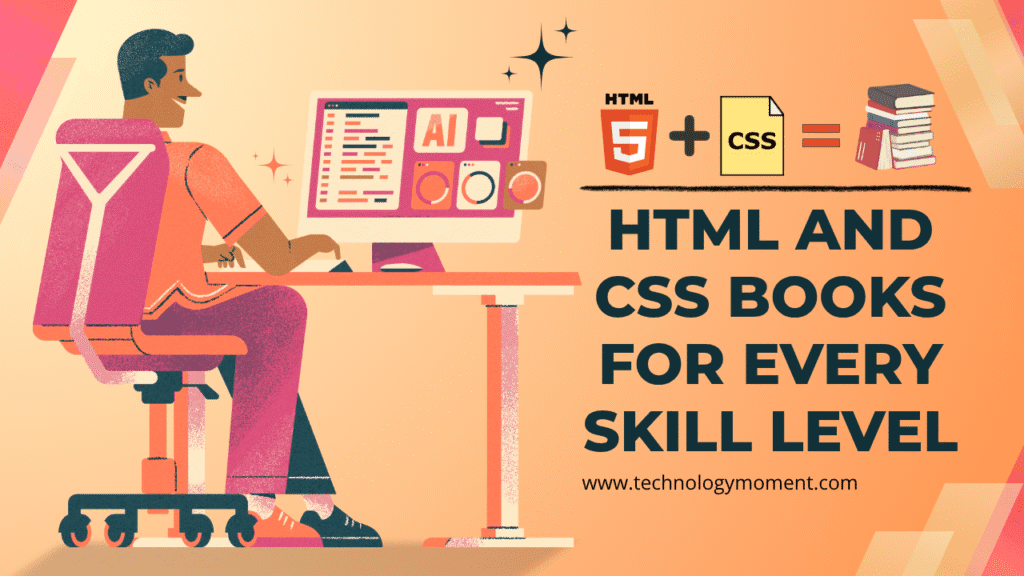
Welcome to Technology Moment – Where Learning Meets Progress
At Technology Moment, we believe learning isn’t just about consuming information—it’s about transformation. Every click, every scroll, every article you land on here is meant to spark curiosity, ignite progress, and empower you with the right tools to keep up with a fast-evolving world. Whether you’re a student in a small town in India, a software enthusiast in Silicon Valley, or a mid-career professional in Berlin, technology is touching your life—and Python is a powerful part of that story.
We started this platform with one simple idea: make technology approachable for everyone. Not just for engineers in big tech companies, but for school teachers looking to automate tasks, small business owners wanting to dive into data, teenagers building their first game, or mothers learning to code during nap times. We’ve seen incredible stories from around the world—like Maria in Mexico, who used Python to create a language-learning app for her village, or Arjun in rural Bihar, who learned Python from a public library computer and now works remotely as a junior developer. These aren’t exceptions—they’re the new reality. All they needed was access to the right knowledge and the courage to begin.
That’s why when we talk about Python, we’re not just discussing another programming language. We’re talking about opportunity. Python is readable, flexible, and powerful. It’s the language behind AI, automation, web development, finance analytics, robotics—you name it. It’s the bridge that can take you from a beginner googling “how to print hello world” to someone who confidently builds web apps, automates daily tasks, or contributes to open-source projects.
But here’s the catch: not all learning paths are created equal. The internet is overflowing with resources, tutorials, courses, and books—some are great, some are outdated, and some just don’t click with everyone. That’s where this blog post comes in. If you’re looking for the best Python book suited to your level—whether you’re just starting or want to deepen your specialization—you’re in the right place. Our goal is to help you cut through the noise and find the right guide, just like a good mentor would.
Learning from a book offers something unique: structure, depth, and often, a personal voice from someone who’s walked the path before you. It’s not about copying code, it’s about understanding the “why” behind it. The right book can make Python feel less like a programming language and more like a second language—something you can think, create, and dream in.
So, as you dive into this post, imagine this not just as a book list, but as a carefully crafted roadmap. Think of it as a conversation between you and thousands of learners who’ve been exactly where you are now. No matter where you are in the world, no matter your background, your journey with Python starts here. And we’re excited to be a part of it.
Table of Contents
Let’s rewind a bit. In 2008, a software engineer in Brazil named Rafael started learning Python just to automate some tedious Excel tasks at work. Fast-forward to today, and Rafael leads a team building machine learning models at one of Latin America’s top fintech companies. How did he get there?
Python has become the go-to language across industries—whether it’s a data scientist in New York, a web developer in Berlin, or a school teacher in Nairobi building small education apps.
But here’s the catch: not every Python book fits every learner.
Imagine you’re trying to build a house. If you’ve never even held a hammer before, you don’t want a blueprint full of technical terms. But if you’re already a contractor, you need more than “how to nail a plank.” Similarly, Python books range from absolute beginner guides to deep dives into architecture and performance. Choosing the wrong level can frustrate and slow you down.
That’s why this guide is structured by learner levels—from fresh starters to those diving into AI, security, and architecture. And for each level, you’ll find not just book titles, but why they work, who they’ve helped, and how you can benefit too.
Best Python Books for Beginners
Let’s talk about the early days—when you’re trying to figure out what a variable even is.
One of the most widely loved beginner books is “Python Crash Course” by Eric Matthes. This book has a reputation for making even the most “non-techy” person feel like a developer. Take Amina, a school teacher in Kenya, who picked it up during the pandemic to help her students with basic coding. Today, she runs coding clubs in multiple schools, and it all started with this book. What makes it special is how hands-on it is. You don’t just read theory—you build simple games and data visualizations by the end of Part II. It’s the kind of book that gets your fingers on the keyboard quickly.
Then there’s “Automate the Boring Stuff with Python” by Al Sweigart, a cult favorite among office workers and solo entrepreneurs. Al doesn’t just teach you Python—he teaches you why it’s useful. It’s been downloaded by millions, including Alex from the UK, who used it to build a script that auto-sorted hundreds of customer emails. If your day job involves Excel sheets, folders, or boring admin work, this book shows you how Python can become your assistant.
And for those who are visual learners—people who struggle with walls of text—“Head-First Python” by Paul Barry brings something refreshing. It uses a unique mix of images, quizzes, and “talking” code to explain concepts. Picture a comic book, but it’s about functions and loops. It’s popular among high school and college students because it doesn’t feel like a traditional textbook. If you’ve always thought coding was dry and boring, this book will prove otherwise.
Each of these beginner books is more than a guide—they’re launchpads. They lower the entry barrier and help you do things, not just read about them. And once you start doing things, you build confidence, which is the real secret to sticking with programming.
Best Python Books for Foundational Learning
Now, let’s say you’ve gone through a beginner book and built a few projects. You’ve automated some tasks, made a game or two, and Python’s indentation rules don’t scare you anymore. It’s time to move beyond the surface. Welcome to the foundation stage—where you begin to understand what’s happening under the hood.
One of the most recommended books at this stage is “Learning Python” by Mark Lutz. Be warned: this book is massive. But it’s also detailed in a way that no beginner guide can be. Mark doesn’t just show you how a loop works—he explains the internal logic, performance aspects, and even memory usage. It’s ideal for someone like Nina from Germany, who transitioned from copy-pasting Python code into building robust backend systems. She says the book helped her stop relying on Google for every little bug. If you’re ready to take Python seriously, this book gives you that solid backbone.
Another gem is “Python Programming: An Introduction to Computer Science” by John Zelle. This isn’t just about syntax; it’s about thinking like a computer scientist. and India alike because it teaches Python while building a deeper understanding of CS fundamentals—like recursion, algorithms, and data structures. This is especially helpful for learners planning to enter fields like AI or software engineering.
Then there’s “Think Python” by Allen B. Downey, which takes a slightly philosophical approach. The author emphasizes writing code that’s not just correct, but elegant. It’s the kind of book that gets you thinking, “Why does this work the way it does?”—which is a crucial shift from the beginner mindset of “just make it work.” This book is popular in open education platforms, and learners across Africa and Southeast Asia have praised it for its clarity and depth.
The foundational level is like building strong walls for your programming house. Beginner books might teach you how to paint and decorate a room, but these books teach you how to ensure the house stands during a storm. You’ll write better code, debug faster, and most importantly, you’ll stop feeling like an imposter when reading technical documentation or attending developer meetups.
Best Python Books for Intermediate Learners
Once you’ve grasped the basics and built some mini-projects, you’re probably asking yourself, “What’s next?” You’re at a turning point where learning starts to feel more exciting—and also more challenging. This is where intermediate books come into play.
One shining example is “Fluent Python” by Luciano Ramalho, which is nothing short of a masterpiece for those ready to explore Pythonic thinking. What’s unique about this book is its deep dive into Python’s powerful features like generators, coroutines, and metaclasses. It’s not just about learning how Python works; it’s about understanding why Python is designed the way it is. Ramalho doesn’t just teach syntax—he teaches elegance.
Take, for instance, a developer from São Paulo, Brazil (the author’s homeland), who used Fluent Python to improve their Django-based web application. By rewriting their backend logic using better data structures and more efficient idioms, they cut load time by 40%. That’s the power of thinking fluently in Python.
Another gem is “Effective Python” by Brett Slatkin. This book reads like a conversation with a seasoned mentor who’s been through hundreds of code reviews. Instead of teaching you everything, it teaches you the right way to write Python. Each chapter focuses on one specific improvement—90 of them to be exact. It’s like sharpening a tool after each use.
A freelancer in Berlin, I once read about using Effective Python while building APIs for fintech startups. Just implementing five of the tips from the book helped her reduce bugs and improve code readability, saving hours of debugging.
Lastly, there’s “Python Tricks” by Dan Bader, which gives you those cool little shortcuts and Pythonic styles that make your code look like a pro wrote it. Think of it as a magic bag of elegant tricks you can pull out at the right time. Many learners combine this with daily coding challenges—like #100DaysOfCode—to gradually upgrade their skills.
Best Python Books for Advanced Learners
Now you’re sailing into deeper waters. You’ve built several projects, maybe even shipped a product or app. But you’re hitting performance issues, struggling with complex codebases, or looking to contribute to open-source. This is where advanced books are your compass.
One book that should be on every advanced learner’s shelf is “Serious Python” by Julien Danjou. It targets professionals who want to write maintainable and efficient software. The beauty of this book is that it blends best practices with the kind of real-world knowledge you gain only after making lots of mistakes.
Julien, a principal engineer at Mozilla, distills lessons from years of building scalable systems. There’s a story floating around from a dev working in Tokyo’s startup scene who used Serious Python while moving from JavaScript-heavy code to a microservices backend in Python.
If performance is what you’re after, “High Performance Python” by Micha Gorelick and Ian Ozsvald will blow your mind. It focuses on optimization—using profiling tools, improving data throughput, and leveraging multicore systems. Data scientists especially love this book because it’s one of the few that talks about real-world bottlenecks.
There’s a team at a hedge fund in London that optimized their data pipeline after applying memory profiling techniques from this book. They processed 10x more data using fewer resources.
And we can’t ignore “Python Cookbook” by David Beazley and Brian K. Jones. This isn’t just a book—it’s like a blacksmith’s manual. Each “recipe” is a solution to a common programming problem, but it also explains the logic behind it. Ideal for those who enjoy tinkering and need reliable snippets for daily use. It’s popular among developers in fast-paced dev environments like Silicon Valley and Tel Aviv, where time is money, and code quality is gold.
Best Python Books for Experts
If you’re at this stage, you’re probably thinking about architecture, scaling, clean code, and team collaboration. You’re solving high-level problems now—and the books here match that mindset.
“Mastering Python Design Patterns” by Sakis Kasampalis is a practical guide for writing maintainable, scalable Python applications. This isn’t about theoretical design fluff—it’s about applying time-tested design patterns like Singleton, Factory, and Observer in real-life Python projects. One development team in the Netherlands shared its experience using this book while refactoring a legacy monolith. Their modular design led to faster deployments and cleaner testing.
Then there’s “Architecture Patterns with Python” by Harry Percival and Bob Gregory, a book that revolutionizes the way Python developers build large systems. It introduces Domain-Driven Design and event-driven architecture—concepts that are becoming increasingly relevant in the world of cloud-native applications. Imagine you’re building a startup product in San Francisco. Your MVP is growing fast, but your code is turning into spaghetti. This book shows how to structure it before it breaks down.
Want to explore the wild side of Python? “Black Hat Python” by Justin Seitz dives into ethical hacking, cybersecurity, and exploit development—all using Python. It’s edgy, it’s intense, and it teaches you how security flaws are found and fixed. Many cybersecurity enthusiasts in India and Eastern Europe have used this book as their first step into ethical hacking careers.
This book, however, isn’t for the faint-hearted. You’ll write keyloggers, scan networks, and build reverse shells. But the skills you gain in understanding how systems are broken can also help you build them better.
Best Python Books for Specialization
Whether it’s AI, data science, finance, or NLP, these books will become your bible in those domains.
If your heart beats for artificial intelligence, look no further than “Deep Learning with Python” by François Chollet—the creator of Keras himself. The book balances theory and code beautifully. It’s used worldwide, from MIT classrooms to AI startups in Nigeria. One engineer in Lagos built a computer vision system for diagnosing malaria after mastering the convolutional neural network concepts in this book.
For data lovers, “Python for Data Analysis” by Wes McKinney is the ultimate toolkit. Written by the creator of Pandas, it helps you manipulate, analyze, and visualize data like a pro. A remote analyst working with NGOs in Southeast Asia used this book to automate financial reports using just Python and Excel sheets—saving hundreds of hours and empowering teams without tech backgrounds.
Lastly, if language fascinates you, “Natural Language Processing with Python” by Steven Bird is a treasure chest. It introduces the Natural Language Toolkit (NLTK), used widely in sentiment analysis, chatbots, and language models. An independent researcher in Germany used the techniques from this book to analyze political speeches and build a classifier to detect bias in news coverage.
Each of these books doesn’t just teach skills—they open doors to new careers, new ideas, and new opportunities.
How to Choose the Right Book for You
Choosing the right Python book is a lot like choosing the right gym coach. The best one for you depends entirely on where you are in your journey and what your goals are.
Imagine you’re Maria, a 17-year-old student in Brazil, dreaming of building an app like Uber for her city’s chaotic bus system. It’s hands-on, playful, and immediately shows how Python can solve day-to-day problems. Within weeks, she’s writing scripts to track bus arrival times using APIs.
Now picture Rajiv, a 34-year-old in India, working in data entry but wanting to shift into a tech role. He’s patient and curious about how computers work. For him, “Learning Python” by Mark Lutz becomes the right companion. It’s slow-paced and comprehensive—exactly what he needs to build rock-solid fundamentals.
And then there’s Sarah in the UK. She’s a game designer who wants to dabble in AI. “Deep Learning with Python” by François Chollet opens up new doors for her. With this book, she’s not just reading—she’s training neural networks, experimenting with real datasets, and applying her game logic to intelligent systems.
See the difference?
The key is self-awareness. Before grabbing a book off the shelf (or Amazon), ask yourself:
- Am I looking for a quick win or long-term depth?
- Do I prefer project-based learning or theoretical understanding?
- How much time and focus can I dedicate each week?
Don’t be afraid to mix styles either. You might begin with a fun, beginner-friendly book and later supplement it with something more advanced or academic.
Finally, check for books that offer practical examples, code you can run, and community support like GitHub repositories or active forums. Learning is easier when you’re not alone.
Final Thoughts on Your Python Learning Journey
Learning Python isn’t just about typing code. It’s about transformation.
Remember Malik? He was a refugee in Germany who, while attending night school, taught himself Python using only free PDFs and second-hand books. Within two years, he landed an internship at a tech startup. His story isn’t rare—Python has opened doors for millions, from Silicon Valley to Nairobi’s innovation hubs.
Python is a forgiving language, designed to feel almost like English. That’s why it’s used by everyone from Google engineers to biology students modeling protein chains.
But don’t make the mistake of thinking it’s a magic pill. Like learning any skill—playing guitar, baking bread, or learning French—it takes consistency. You’ll get frustrated. You’ll break your code. You’ll wonder if you’re “smart enough.”
You are.
Just keep going.
Books are powerful mentors—but only if you interact with them. Don’t just read. Code along. Make mistakes. Build things. Whether it’s a budgeting app for your family, a Twitter bot, or a machine learning model predicting COVID-19 trends—your project is your proof that you’re growing.
The road is long, but it’s also exciting. Python doesn’t just teach you to code—it teaches you to think.
FAQs
What is the best book to start learning Python in 2025?
If you’re completely new and want something easy to digest, “Python Crash Course” by Eric Matthes still holds the crown. It’s updated regularly and used by thousands of students around the world—whether in high school classes in the U.S. or community colleges in Kenya. It balances theory and projects beautifully.
Are these Python books suitable for self-learning?
Absolutely. Many of these books were written with solo learners in mind. You don’t need a classroom. For example, “Think Python” is even used by homeschooling parents and independent learners on Reddit forums. Each chapter builds naturally, with exercises that challenge but don’t overwhelm.
How long does it take to learn Python through books?
That depends on your pace. Some learn the basics in a month, others take a year. But here’s a useful benchmark: If you can dedicate 5-6 hours per week and follow along with exercises, you can get comfortable in 3-6 months. Real-world projects speed up the process.
Should I pair books with online courses?
Yes—the combination is magic. Books give you structure and depth; courses give you visuals and community. Many learners use “Automate the Boring Stuff” alongside its free video course. Others use YouTube tutorials to supplement books like “Fluent Python.”
Do these books include real-world projects?
Most of them do—and those are the ones worth your time. For example, “Python for Data Analysis” includes practical data-cleaning projects used in real industries. “Black Hat Python” gives you actual security testing tools. Don’t just read—build. That’s where the magic happens.



